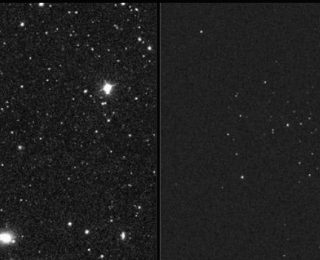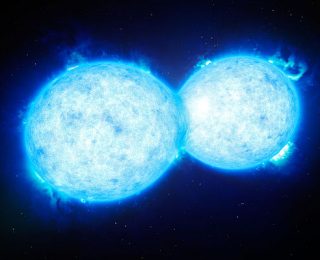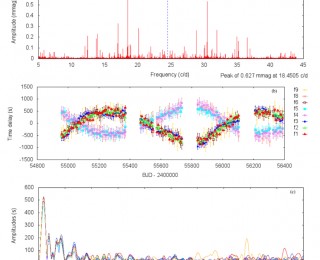
Seeing Double: Binary stars in dwarf galaxies
Two (stars) aren’t always better than one, especially when you’re trying to track down dark matter in tiny galaxies.

Two (stars) aren’t always better than one, especially when you’re trying to track down dark matter in tiny galaxies.

Contact binaries are stars so close together that they touch…and that might be enough for us to know how far away they are.

While you might expect astronomers to already have a complete understanding of bright stars easily visible to the naked eye like Capella, observations have historically failed to line up with stellar evolution theories. Today’s paper revisits Capella with a new suite of observations to finally uncover some of its secrets.

Cepheids’ pulsing brightness variations happen because the star’s temperature and radius is changing, and they occupy a unique niche of stellar evolution. We can learn a lot about what is physically happening inside stars during this tumultuous time through close observations. Or rather, we could learn a lot about what happens inside Cepheid variable stars, if only we knew their masses.

You can’t model RW Aurigae as a single star with a disk of material around it, because there is a second star. And you can’t model it as a regular old binary system either, because there are interactions between the stars and the asymmetric disk. The authors of today’s paper create a comprehensive hydrodynamic model that considers many different observations of RW Aurigae.

How do pulsating stars give away their secret identities as binary dance partners? In this paper, the authors demonstrate a new way to not only detect binaries we may have missed in the Kepler data, but also to measure their velocities without spectra.